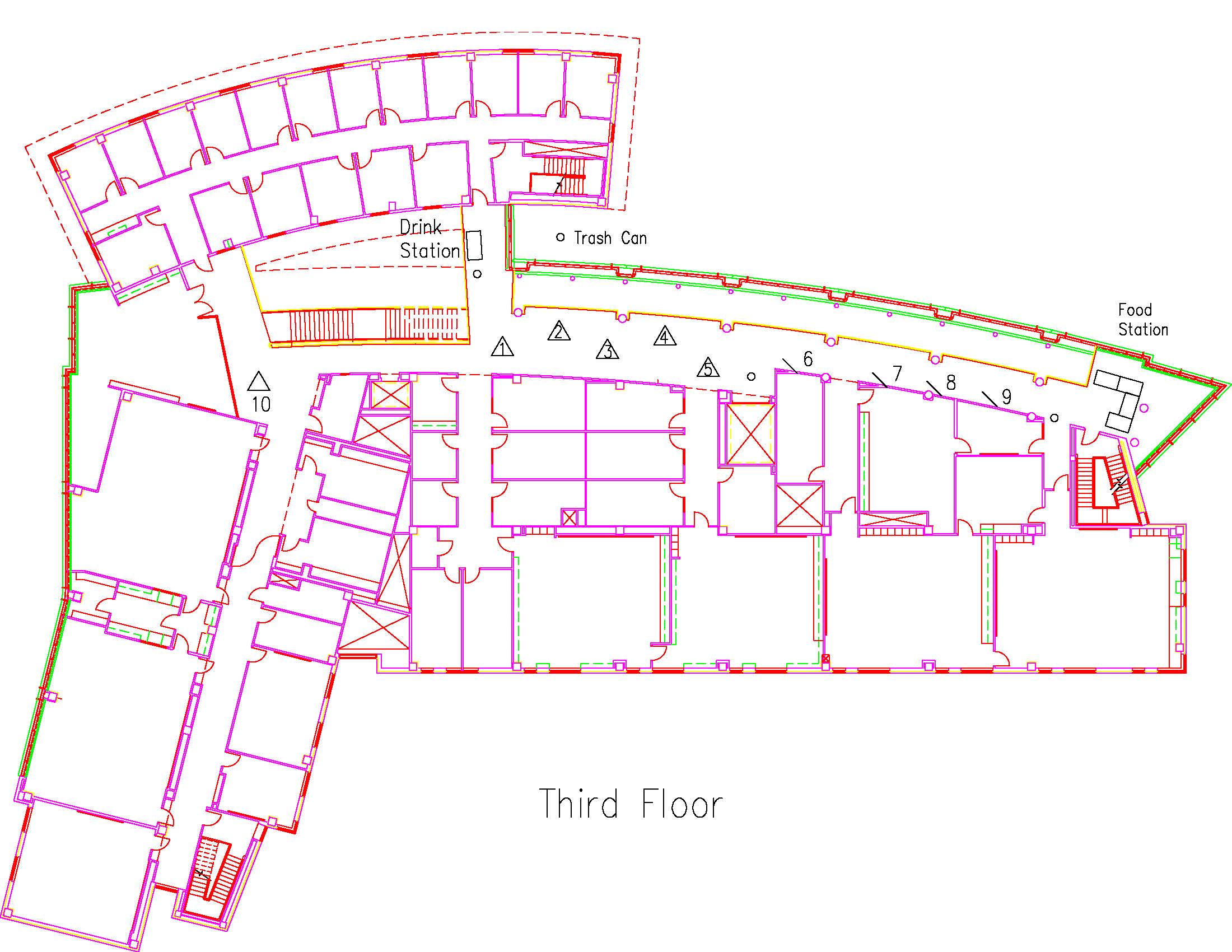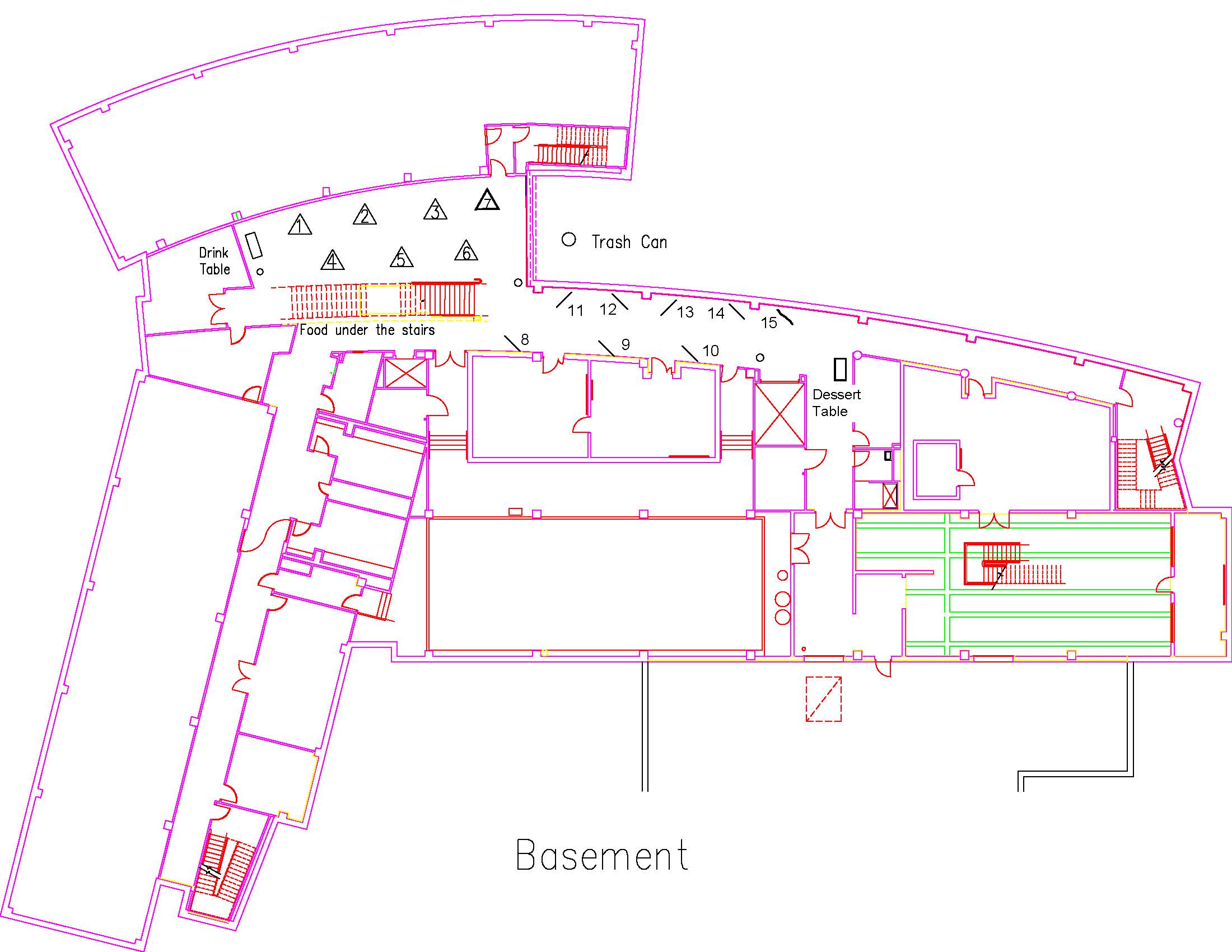PSYC2019JORDAN55617 PSYC
Do you hate the object, or the event it predicts? Devaluation of a conditioned reinforcer with rats
Type: Undergraduate
Author(s):
Mackenzie Jordan
Psychology
Karen Borowski
Psychology
Cheyenne Elliot
Psychology
Kenneth Leising
Psychology
Advisor(s):
Kenneth Leising
Psychology
Location: Session: 2; 3rd Floor; Table Number: 2

View PresentationReinforcer devaluation involves pairing an appetitive stimulus (e.g., food) with an aversive event (e.g., illness), which disrupts the ability of the stimulus to elicit behavior (Adamson & Dickinson, 1981). The effect of reinforcer devaluation could be the result of the stimulus signaling the aversive event. Alternatively, exposure to the stimulus and aversive event together may result in a hedonic shift, or change in the affective unconditional properties of the stimulus. The two accounts make different predictions regarding the effect of reexposure to the devalued stimulus. The hedonic shift account describes reexposure to the stimulus as necessary to experience the changed value of the stimulus, but a signaling account can explain devaluation after one pairing. Balleiene & Dickinson (1991) found that reexposure to food paired with illness was necessary to observe a devaluation effect. The current experiment investigated the devaluation of a conditioned reinforcer. Rats were initially trained with pairings of an audiovisual (light and tone) stimulus with sugar water (sucrose). In the next phase, acquisition of a new behavior, lever pressing, was supported by presenting the stimulus (conditioned reinforcer) following a lever press. During devaluation, the experimental group received one trial of the stimulus paired with a shock, whereas the control group received the stimulus and shock, but separated in time (i.e., unpaired). In Test 1, all rats were given the opportunity to press the lever with no nominal consequences (e.g., no stimulus or shock). Then, all rats were re-exposed to the audiovisual stimulus without the lever or shock. In Test 2, lever pressing was measured as in Test 1. The data will be discussed in terms of the role of reexposure in devaluation.
References
Adams and Dickinson (1981). Instrumental responding following reinforce devaluation. The Quarterly Journal of Experimental Psychology Section B: Comparative and Physiological Psychology, 33 (2), 109-121.
Balleine, B., & Dickinson, A. (1991). Instrumental performance following reinforcer devaluation depends upon incentive learning. The Quarterly Journal of Experimental Psychology, 43(3), 279-296.
PSYC2019LOHRBERG21661 PSYC
Relationships between Collegiate Athletes and Nostalgia
Type: Undergraduate
Author(s):
Bryn Lohrberg
Psychology
Nathan Guyton
Psychology
Julie Swets
Psychology
Advisor(s):
Cathy Cox
Psychology
Location: Session: 1; Basement; Table Number: 2

View PresentationThere is empirical evidence that there is an association between nostalgia, or a sentimental longing for the past, and one’s psychological and social well-being. Additional research has shown that nostalgic reverie leads not only to increased optimism and positive attitudes towards preventative health behaviors, but also actual increased health behaviors. This study extends the research on nostalgia and health into the realm of college athletics and explores how collegiate athletes’ performance is correlated with nostalgic tendencies, in addition to various measures of well-being, optimism, meaning in life, vitality, and life satisfaction. A positive correlation is expected, such that higher performing athletes are also more nostalgia prone. This study will serve as a foundation to explore the direct benefits for athletes of nostalgic thought, the advantages of which are firmly supported in other contexts.
PSYC2019MILLER57456 PSYC
Effects of Echoic Response Interference on Emergent Naming
Type: Undergraduate
Author(s):
Alexandra Miller
Psychology
Reagan Cox
Psychology
Anna Petursdottir
Psychology
Remington Swensson
Psychology
Alexandra Wilkins
Psychology
Advisor(s):
Anna Petursdottir
Psychology
Location: Session: 2; Basement; Table Number: 5

View PresentationCovert echoing has been hypothesized to play a role in the emergence of stimulus control over vocal naming after a person is exposed to contiguous presentation of a novel object and its name. However, experimental evidence is weak. This study examined the effects of blocking echoic responses during exposure to name-object presentations on later vocal naming. Preschool-age children were exposed to pictures of national flags and heard the associated country names. In the echoic condition, participants were instructed to echo the country name presented in each trial. In the interference condition, they were instructed to name the background color on which the flag was presented in each trial, which was presumed to interfere with echoic responding. In the no-response-requirement (NRR) condition, participants were not instructed to make any responses. Flag naming was probed after each session. Only 3 of the 5 participants showed a tendency to name the flags vocally even after repeated exposure. Of these three, only one demonstrated poorer performance in the interference condition relative to the echoic and NRR conditions. These results fail to provide support for the echoic hypothesis and are consistent with other data from our lab.
PSYC2019NEELY59743 PSYC
How do Students and Educators Interpret Student Evaluations of Teaching?
Type: Undergraduate
Author(s):
Katherine Neely
Psychology
Advisor(s):
Uma Tauber
Psychology
Location: Session: 2; Basement; Table Number: 6

View PresentationStudent evaluations of teaching (SETs) are a tool commonly employed at universities for assessing faculty members’ teaching performance and even eligibility for promotions. Survey items often ask students to make judgments about the professor’s knowledgeability, teaching style, and class difficulty. Fair and consistent review of SETs is critical for faculty members as they seek to improve their teaching skills and gain professional recognition. The present study investigates the novel question of how judgments of completed SETs are made. Undergraduate students (n = 160) and faculty participants were shown and asked to make judgments about a fictional SET. The four conditions varied in whether the fictional professor being evaluated was rated lower or higher than average, and whether or not the professor gave in-class quizzes. Follow-up questions had participants evaluate why they made certain judgments about the professor. This research helps explicate the factors that contribute to faculty members’ interpretations of and students’ responses on SETs.
PSYC2019NERZ57982 PSYC
Sugar and chocolate and levers, oh my: Examining the differential outcomes effect in a visual discrimination with rats
Type: Undergraduate
Author(s):
Jordan Nerz
Psychology
Callie Benavides
Psychology
Cheyenne Elliott
Psychology
Kenneth Leising
Psychology
Advisor(s):
Kenneth Leising
Psychology
Location: Session: 1; Basement; Table Number: 12

View PresentationIn nature, it is adaptive for an animal to learn to make different responses to different stimuli (e.g., climb some trees to obtain ripe fruit but forage near the base of others). In the laboratory, learning to make different responses (e.g., lever pressing vs. chain pulling) is facilitated by different outcomes (e.g., food vs. water) for each response. The current research aimed to extend this differential outcomes effect in rats with a visual discrimination procedure. Rats were reinforced for pressing a lever on the left side (left lever) of operant box in the presence of one visual stimulus (e.g., a flashing light) and for pressing the right lever in the presence of another visual stimulus (e.g., a solid light). In the experimental group, the rats received a different outcome for each correct response (flashing light -> left lever -> sugar water; solid light -> right lever -> chocolate pellets). In the control group, the rats received only one of the outcomes (e.g., sugar water) for both responses. The data will be discussed in terms of support for the differential outcomes effect. Examining the effects of a differential outcomes procedure in a variety of tasks will help to better understand the conditions under which this effect can facilitate learning.